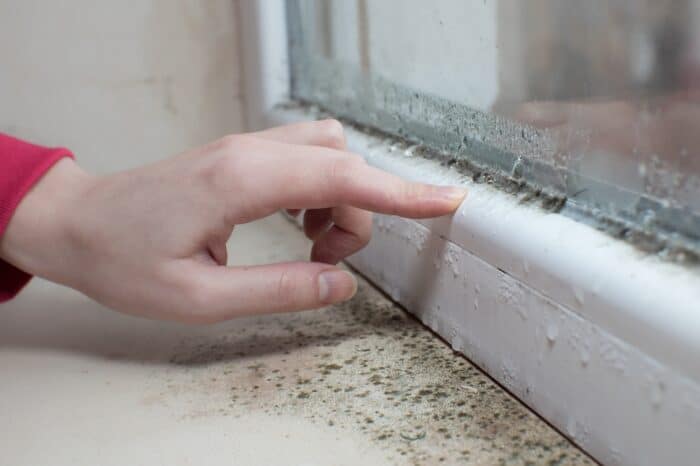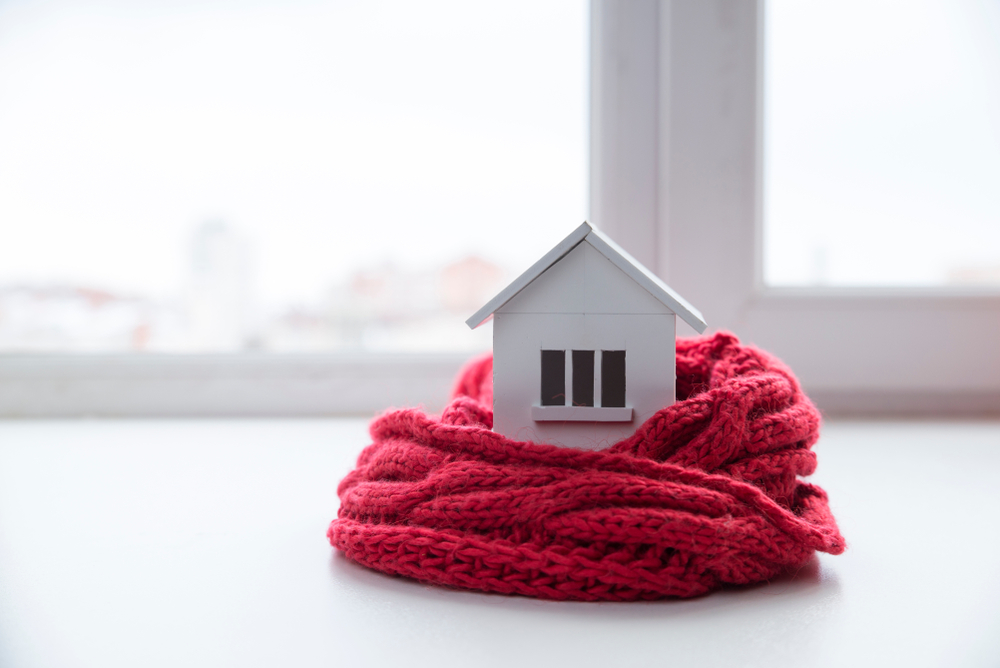The number of Google searches for 'how to clean mould' rose by 233% in April, according to Tester.co.uk.
The thermal imaging expert noted that, during spring, warmer temperatures can lead to mould growing and spreading in homes.
And it has shared the best methods for homeowners and renters to detect and stop the spread of mould, dampness, and mildew.
Here what the experts at Tester.co.uk had to say:
1. Damp
According to a study by Utilita Energy, 20% of households regularly experience excessive condensation. These conditions can lead to damp in the home, which can be identified by damaged wallpaper and discoloured plasterboard.
Wet patches along walls may also be the ideal breeding ground for mould, so it’s best to act quickly.
Thermal imaging cameras prevent dampness within properties by detecting heat – otherwise known as infrared energy and thermal energy. Thermal imaging cameras highlight areas with excess moisture and may find water behind walls and above rooflines.
To reduce condensation and prevent it from forming, you can take a few simple steps to remove excess moisture from your home.
This includes ventilating bathrooms after showering and kitchens after cooking, wiping windows to remove any condensation, heating the property and avoiding drying clothes inside. Dehumidifiers also work wonders to lower moisture levels inside a property.
2. Mould
When warm, moist air contacts a cold surface, mould spores can develop within 24 hours, becoming visible and spreading throughout the home in the next 18-21 days.
Easily identifiable due to its fuzzy black appearance, mould can also present as green and red, and has an intense musty smell.
While unpleasant, Utilita Energy’s study found that 24% of adults have found mould in their home at some point.
There are multiple health risks associated with mould. When living on a property with an infestation, dwellers may experience cold-like symptoms, such as coughing, sneezing, wheezing and nasal congestion.
Mould spores can also exacerbate asthma and allergies, so acting quickly when noticing spores in a property is essential.
When wearing gloves, goggles and a mask, dwellers can remove the spores themselves by wiping the surface with professional mould removal liquid – or bleach diluted with water – before drying it with a cloth. If spores have touched any furnishings, clothes or cloths, they should be thrown away or professionally dry cleaned.
However, it is vital to ensure that the mould is a non-toxic strain caused by condensation rather than sewage or contaminated water before acting. You should also avoid mixing bleach with ammonia, acids or other cleaners, as this can release harmful, toxic fumes.
3. Mildew
If left untreated, damp homes may also start to grow mildew.
Mildew, defined as a form of fungus, can be identified by its grey, white or light brown appearance. It can quickly ruin fabrics and leave properties with a distinct, foul odour.
Just like mould, mildew can harm dwellers by causing allergic reactions and respiratory issues. It can be removed from properties with professional cleaning products or a mixture of bleach and water. It may also be worth mixing vinegar with warm water and wiping the area.
Although, whether it’s black mould or red mildew, remember to take safety precautions and contact a professional if unsure.
Additionally, mildew can damage house plants by growing on the leaves, buds, petals, and shoots. This weakens the plants and may cause them to turn yellow or brown, as well as possibly drying them out completely.
To prevent mildew from killing plants, spray the infestation with neem oil, a naturally occurring pesticide, or a combination of water, baking soda and liquid non-detergent soap.
Mildew spores can also be killed with a simple one-part mouthwash and three-parts water mixture.



